I'm trying to unblur the blurred segments of the following picture.

the original PSF was not given, so I proceeded to analyze the blurred part and see whether there was a word I could roughly make out. I found out that I could make out "of" in the blurred section. I cropped out both the the blurred "of" and its counterpart in the clear section, as seen below.

I then thought through lectures in FFT that you divide the blurred (frequency domain) with a particular blurring function (frequency domain) to recreate the original image.
I thought that if I could do Unblurred (frequency domain) \ Blurred(frequency domain), the original PSF could be retrieved. Please advise on how I could do this.
Below is my code:
img = im2double(imread('C:\Users\adhil\Desktop\matlab pics\image1.JPG'));
Blurred = imcrop(img,[205 541 13 12]);
Unblurred = imcrop(img,[39 140 13 12]);
UB = fftshift(Unblurred);
UB = fft2(UB);
UB = ifftshift(UB);
F_1a = zeros(size(B));
for idx = 1 : size(Blurred, 3)
B = fftshift(Blurred(:,:,idx));
B = fft2(B);
B = ifftshift(B);
UBa = UB(:,:,idx);
tmp = UBa ./ B;
tmp = ifftshift(tmp);
tmp = ifft2(tmp);
tmp = fftshift(tmp);
[J, P] = deconvblind(Blurred,tmp);
end
subplot(1,3,1);imshow(Blurred);title('Blurred');
subplot(1,3,2);imshow(Unblurred);title('Original Unblurred');
subplot(1,3,3);imshow(J);title('Attempt at unblurring');
This code, however, does not work, and I'm getting the following error:
Error using deconvblind
Expected input number 2, INITPSF, to be real.
Error in deconvblind>parse_inputs (line 258)
validateattributes(P{1},{'uint8' 'uint16' 'double' 'int16' 'single'},...
Error in deconvblind (line 122)
[J,P,NUMIT,DAMPAR,READOUT,WEIGHT,sizeI,classI,sizePSF,FunFcn,FunArg] = ...
Error in test2 (line 20)
[J, P] = deconvblind(Blurred,tmp);
Is this a good way to recreate the original PSF?